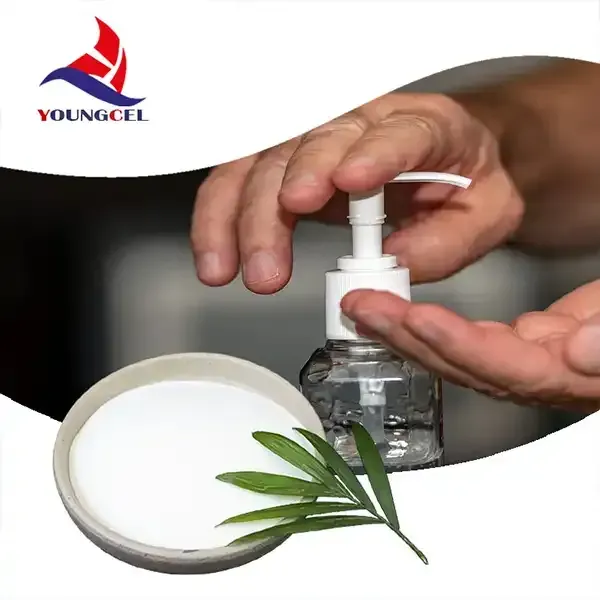Understanding Cellulose Ether Focus on HPMC
Cellulose ethers, a vital class of compounds derived from natural cellulose, play an essential role in various industries, including pharmaceuticals, food, construction, and personal care. Among the myriad types of cellulose ethers, Hydroxypropyl Methylcellulose (HPMC) stands out due to its unique properties and versatility, making it a subject of interest for both researchers and industrialists alike.
What is HPMC?
HPMC is a non-ionic cellulose ether that is synthesized through the modification of cellulose. The process involves the reaction of cellulose with propylene oxide and methyl chloride, resulting in a compound that combines hydroxypropyl and methyl groups. This modification enhances the solubility and chemical properties of cellulose, enabling its use in a wide range of applications. HPMC is typically a white to off-white powder that is odorless and tasteless.
Properties of HPMC
The properties of HPMC can vary depending on the degree of substitution of the methoxy and hydroxypropyl groups. This variability allows for a wide range of viscosities and solubilities in different solvents, particularly water. HPMC exhibits a unique property it is soluble in cold water, forming a gel-like solution upon hydration. This characteristic makes it an ideal thickening agent, stabilizer, or film-former in various formulations.
Moreover, HPMC is known for its excellent water retention capabilities and resistance to high temperatures. It is also non-toxic and biodegradable, making it an environmentally friendly choice for many applications.
Applications of HPMC
cellulose ether hpmc

In the pharmaceutical industry, HPMC is extensively used as a binder in tablet formulations and as a controlled-release agent. Its ability to form gels makes it particularly valuable in formulations that require sustained drug release. Furthermore, HPMC is employed as a viscosity modifier in suspensions and emulsions, enhancing the stability and consistency of these products.
The food industry utilizes HPMC as a thickening agent, emulsifier, and stabilizer. It improves the texture and mouthfeel of various food products, including sauces, dressings, and desserts. Its low-calorie nature makes it a favorable ingredient in low-fat and low-carb food formulations.
In the construction sector, HPMC serves as a crucial additive in cement-based products such as mortar and tile adhesive. It enhances workability, water retention, and adhesion properties, contributing to the overall performance of construction materials. Additionally, its use in paints and coatings helps improve application properties and end-product durability.
Personal care products also benefit from HPMC, where it is employed as a thickener and stabilizer in creams, lotions, and gels. Its ability to improve texture and enhance product stability makes it a popular choice among cosmetic formulators.
Conclusion
Hydroxypropyl Methylcellulose (HPMC) exemplifies the versatility of cellulose ethers. Its unique properties enable its use across various industries, enhancing product performance and consumer experience. As research continues to unlock new applications and formulations, HPMC remains a cornerstone in the realm of cellulose derivatives, driven by its harmonious blend of functionality and safety. Its continued relevance in modern formulations speaks to the importance of cellulose ethers in advancing technology and improving everyday products.
In summary, HPMC is not only a functional ingredient but also a testament to the innovative potential found in natural materials. Its applications and properties are a clear illustration of how modifying natural compounds can yield products that meet the ever-evolving demands of diverse industries. Whether in medicines, foods, or cosmetics, HPMC significantly impacts multiple sectors, solidifying its role in the modern marketplace.
-
HEC 100000 Hydroxyethylcellulose for Paint | Superior ThickeningNewsAug.30,2025
-
Wall Putty Rdp Powder Packaging DesignNewsAug.29,2025
-
Introduction to Hpmc Hydroxypropyl Methyl CellulosNewsAug.29,2025
-
Hpmc Industri Grade IntegrationNewsAug.29,2025
-
How to Choose the Right Construction AdhesiveNewsAug.29,2025
-
Construction Adhesive StrengthNewsAug.29,2025




